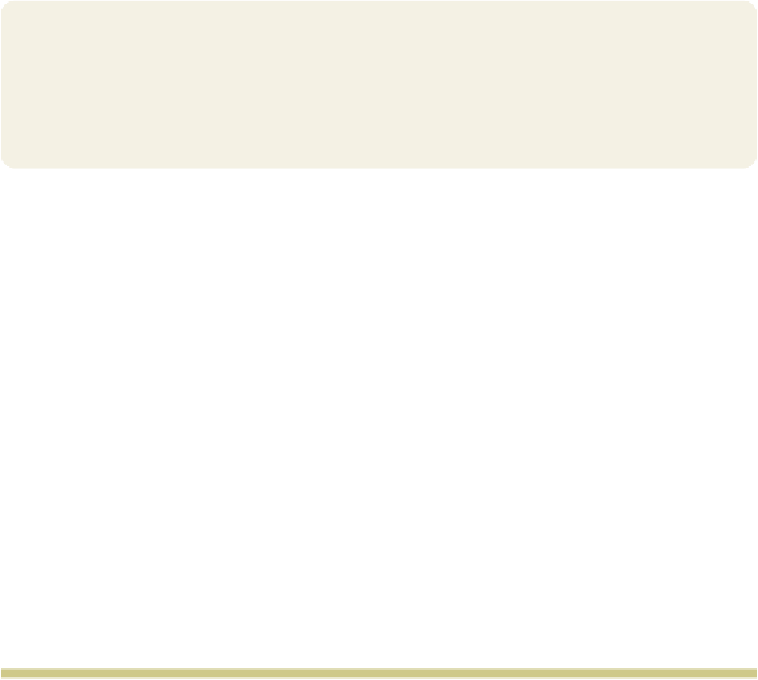Travel Reference
In-Depth Information
the driver uses the meter (
dǎ biǎo
). It is also useful to have the name of your hotel writ-
ten down in Chinese to show the driver. Very few drivers speak any English.
TAKEN FOR A RIDE
A well-established illegal taxi operation at the airport attempts to lure weary travellers into a ¥300-plus ride to
the city, so be on your guard. If anyone approaches you offering a taxi ride, ignore them and insist on joining
the queue for a taxi outside.
CAR
The
Vehicle Administration Office
( chēguǎnsuǒ; 6453 0010; 9am-6pm)
on the 1st floor of
Terminal 3 - look for the 'Traffic Police' sign - issues temporary driving licences for use
in Běijīng municipality. Applicants must be between the ages of 18 and 70 and must hold
a temporary Chinese visa (three months or less). The straightforward process involves
checking out your driving license and undergoing a simple medical test (including an eye-
sight test). You'll also need three passport photos and copies and translations of your doc-
uments, although it can arrange this for you at the office. The whole procedure takes about
30 minutes and costs ¥10. Once you have the license, you can hire a car from
Hertz
zìjià
) start from ¥230 per day (up to 150km per day), with a ¥20,000 deposit. A car-with-
driver service (
dàijià
) is also available (from ¥660 per day).
ROAD RULES
Cars in China drive on the right-hand side of the road. Even skilled drivers will be unpre-
pared for China's roads: in cities like Běijīng, cars lunge from all angles and chaos
abounds.
Nányuàn Airport
The very small
Nányuàn Airport
( Nányuàn Jīchǎng; NAY; 6797 8899)
feels more like a pro-
vincial bus station than an airport, but it does service quite a few domestic routes. Airport
facilities are limited to a few shops and snack stalls, and English-language skills are min-
imal.




